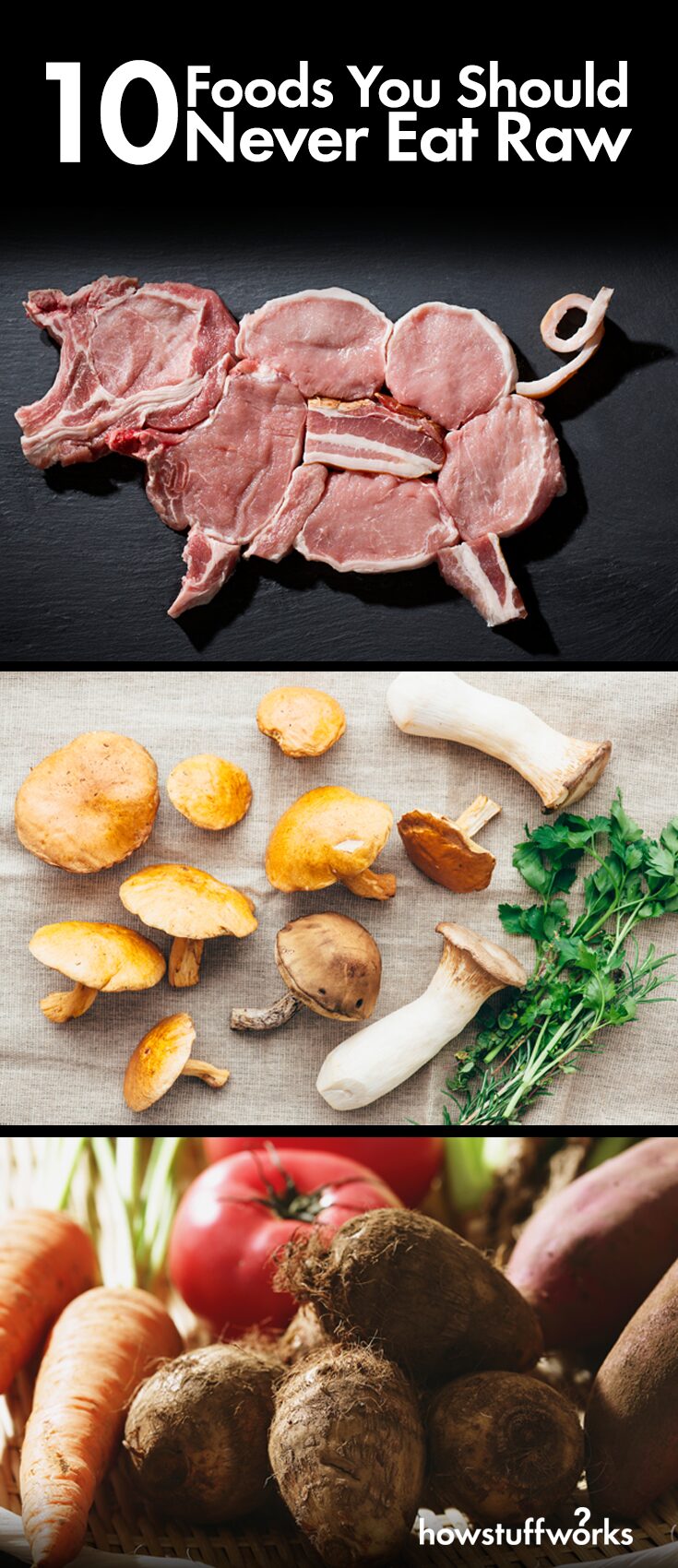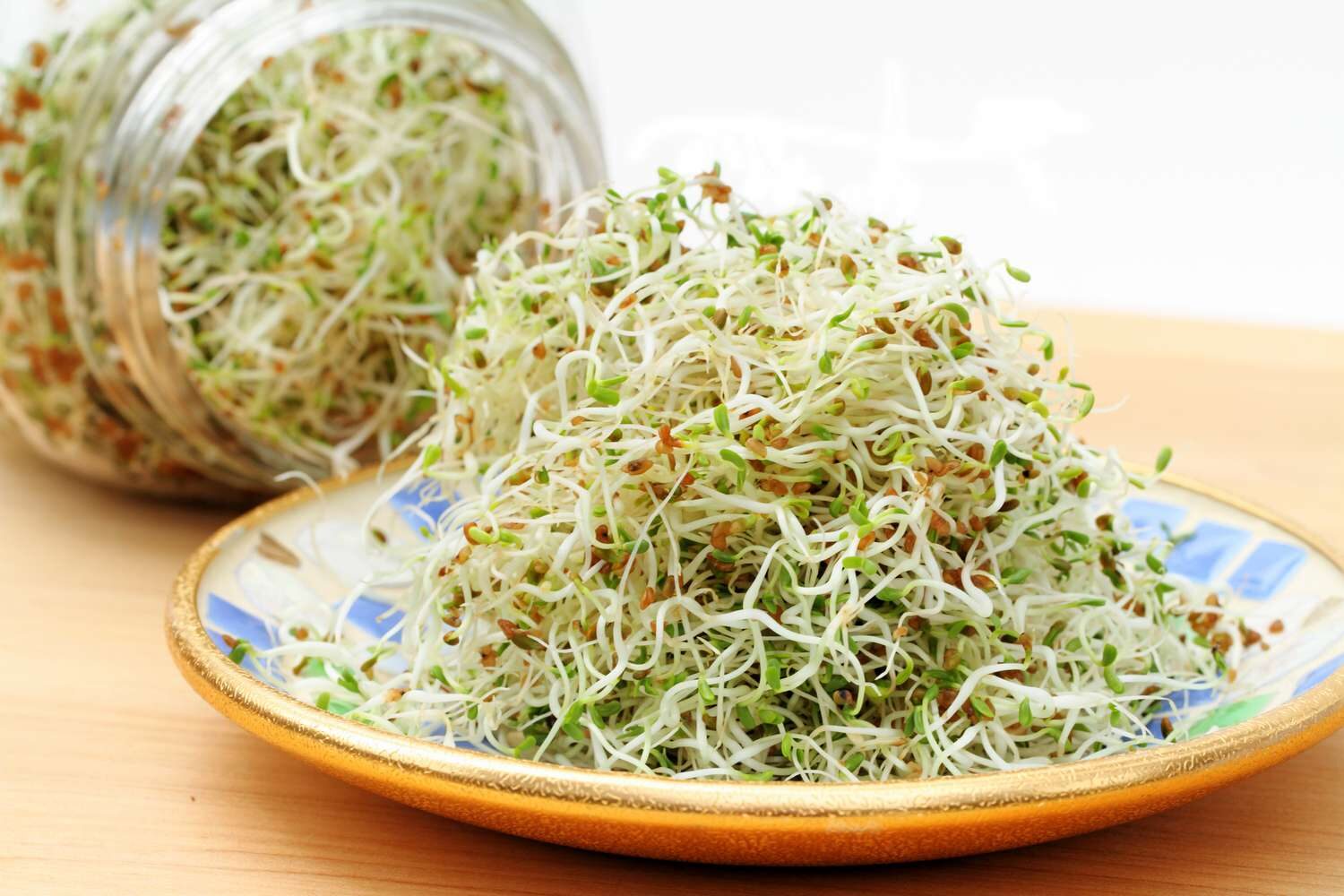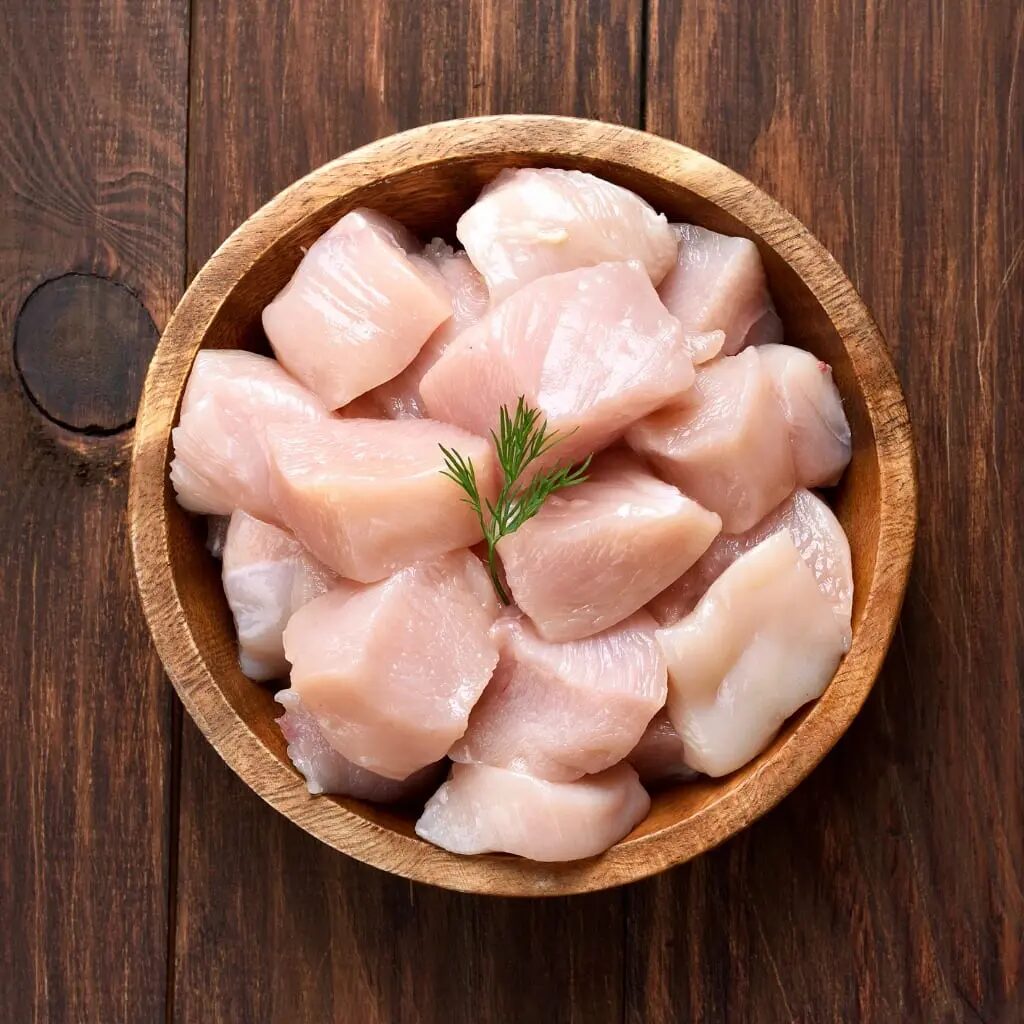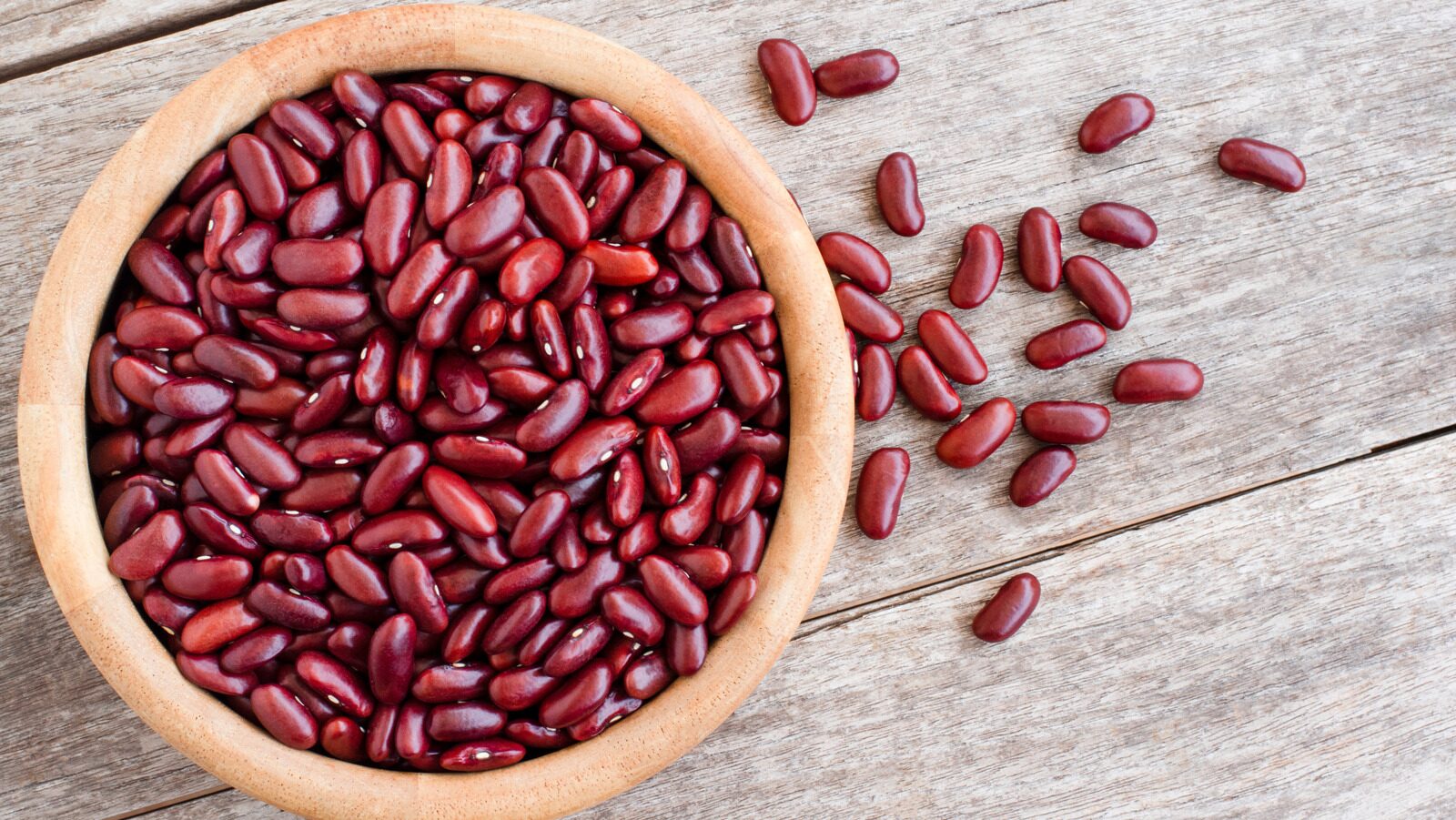
Imagine this: you’re whipping up a delicious meal, prepping fresh ingredients with a smile. But wait! Lurking amongst those seemingly innocent vegetables and meats could be some nasty characters – foodborne pathogens just waiting to wreak havoc on your digestive system.
Eating raw can be a delightful way to experience the pure taste of fresh ingredients. However, certain foods harbor harmful bacteria, parasites, or toxins that can make you very sick if consumed raw. So, before you take a bite of that “healthy” raw sprout or slice of uncooked meat, let’s delve into 10 foods that are best enjoyed cooked for a safe and delicious culinary adventure.
The Raw Deal: Risky Foods to Steer Clear Of
Here’s a list of the top 10 culprits to avoid in their raw form:
1. Raw Eggs

Eggs are a nutritional powerhouse, but raw eggs can harbor bacteria like Salmonella, which can cause food poisoning. This doesn’t mean you have to ditch your beloved runny yolks entirely! Opt for recipes that call for cooked eggs, like scrambled or fried eggs cooked until the whites are set and yolks are no longer runny.
2. Unwashed Fruits and Vegetables
Washing fruits and vegetables is crucial, even if they look clean. Dirt and manure on the surface can harbor harmful bacteria that can make you sick. Give your produce a good scrub under running water before enjoying them raw.
3. Raw Sprouts

Sprouts are packed with nutrients, but their warm, humid growing environment makes them a prime breeding ground for bacteria like E. coli. Thorough cooking is essential to eliminate these pathogens.
A Sprout-acular Substitute
If you’re a sprout enthusiast, consider steamed or stir-fried options to enjoy their health benefits without the risk.
4. Raw Chicken

Raw chicken is a notorious culprit for harboring Salmonella and Campylobacter, bacteria that can cause severe food poisoning. Always cook chicken thoroughly until the internal temperature reaches 165°F (74°C) to ensure safety.
5. Uncooked Ground Meat
Similar to chicken, raw ground meat like beef or pork can harbor harmful bacteria throughout the meat, not just on the surface. Cook ground meat thoroughly until there’s no pink remaining and the internal temperature reaches 160°F (71°C).
6. Raw Fish and Shellfish
Raw fish and shellfish can harbor parasites and bacteria that can cause serious illness. Unless you’re enjoying sushi or sashimi prepared by a reputable sushi chef who uses flash-freezing techniques to kill parasites, it’s best to enjoy fish and shellfish cooked through.
7. Unpasteurized Milk and Milk Products
Pasteurization is a process that eliminates harmful bacteria from milk. Unpasteurized milk and dairy products like cheese can harbor bacteria like E. coli and Listeria, which can cause serious illness, especially for pregnant women, young children, and the elderly.
8. Raw Kidney Beans

Kidney beans contain a toxin called lectin, which can cause severe nausea, vomiting, and diarrhea if consumed raw. Soaking and thoroughly cooking kidney beans are essential to eliminate this toxin.
9. Raw Mushrooms
While some mushrooms are safe to eat raw, many wild varieties are poisonous and can cause serious illness or even death. Unless you’re a trained mushroom forager, stick to cultivated mushrooms and cook them thoroughly before consuming.
10. Unsafe Starches: From Potatoes to Cassava
Certain starchy vegetables like potatoes and cassava contain toxins that can be harmful if consumed raw. Cooking breaks down these toxins, making them safe to eat.
Beyond the List: Safety First When Cooking
Remember, this list isn’t exhaustive. Always practice safe food handling techniques to minimize the risk of foodborne illness. Here are some additional tips:
- Wash your hands thoroughly before handling food and after touching raw meat or poultry.
- Use separate cutting boards for raw meat and produce to prevent cross-contamination.
- Cook food to the proper internal temperatures as mentioned above.
- Refrigerate or freeze leftovers promptly to prevent bacterial.
Conclusion
By understanding which foods are best enjoyed cooked and following safe food handling practices, you can minimize the risk of foodborne illness and enjoy the vast array of fresh ingredients with confidence. Remember, cooking doesn’t have to be complicated! There are countless delicious recipes that highlight the flavors of cooked ingredients. So, explore new culinary adventures, experiment with flavors, and most importantly, cook with confidence – a healthy dose of knowledge about food safety is the perfect recipe for a delicious and enjoyable culinary journey!
You May Also Like….
- Natural Ways to Boost Testosterone: Unleash Your Inner Beast
- Feeling Stressed? Somatic Therapy for your Body and Mind
- Clear Your Mind: A Beginner’s Guide to Meditation
FAQs
Q1: Can I ever eat raw eggs?
While raw eggs themselves are not recommended, there are some commercially prepared products, like pasteurized egg whites, that are safe to consume raw. Always check the label for safety information.
Q2: Are there any safe ways to enjoy raw fish at home?
Unless you have access to flash-frozen fish or are a trained sushi chef, it’s best to avoid raw fish at home. Freezing temperatures can kill parasites, but improper home freezing techniques are not guaranteed to do so.
Q3: What if I accidentally eat a small amount of a raw food on this list? Do I need to see a doctor?
If you consume a small amount of a raw food on this list and experience no symptoms, you likely don’t need to see a doctor. However, if you experience symptoms of food poisoning like nausea, vomiting, diarrhea, or fever, it’s best to consult a healthcare professional.
Q4: Are there any benefits to eating raw foods?
Certain raw foods can offer some nutritional benefits, such as increased fiber and enzyme content. However, cooking doesn’t necessarily eliminate all these benefits. You can still reap the health advantages of fruits and vegetables by consuming them cooked.
Q5: How can I tell if pre-washed produce is safe to eat?
While pre-washed produce can be convenient, it’s still recommended to give it a good rinse under running water before consuming it raw. This removes any potential contamination that might have occurred after washing.

